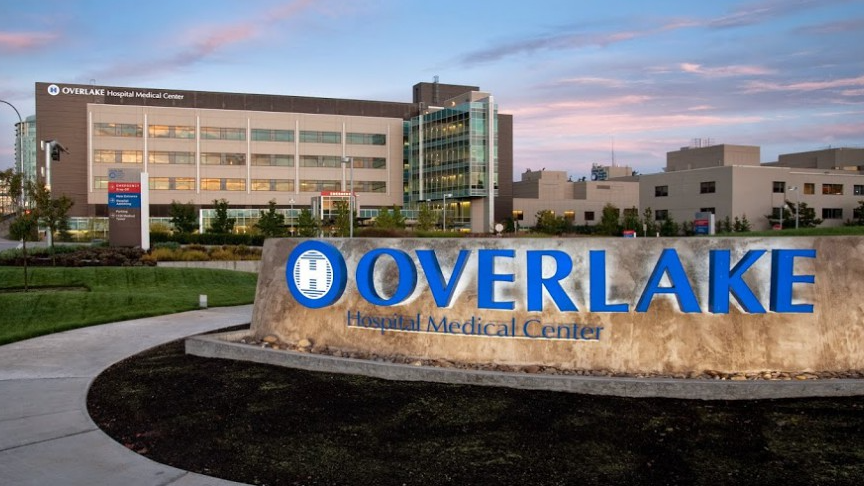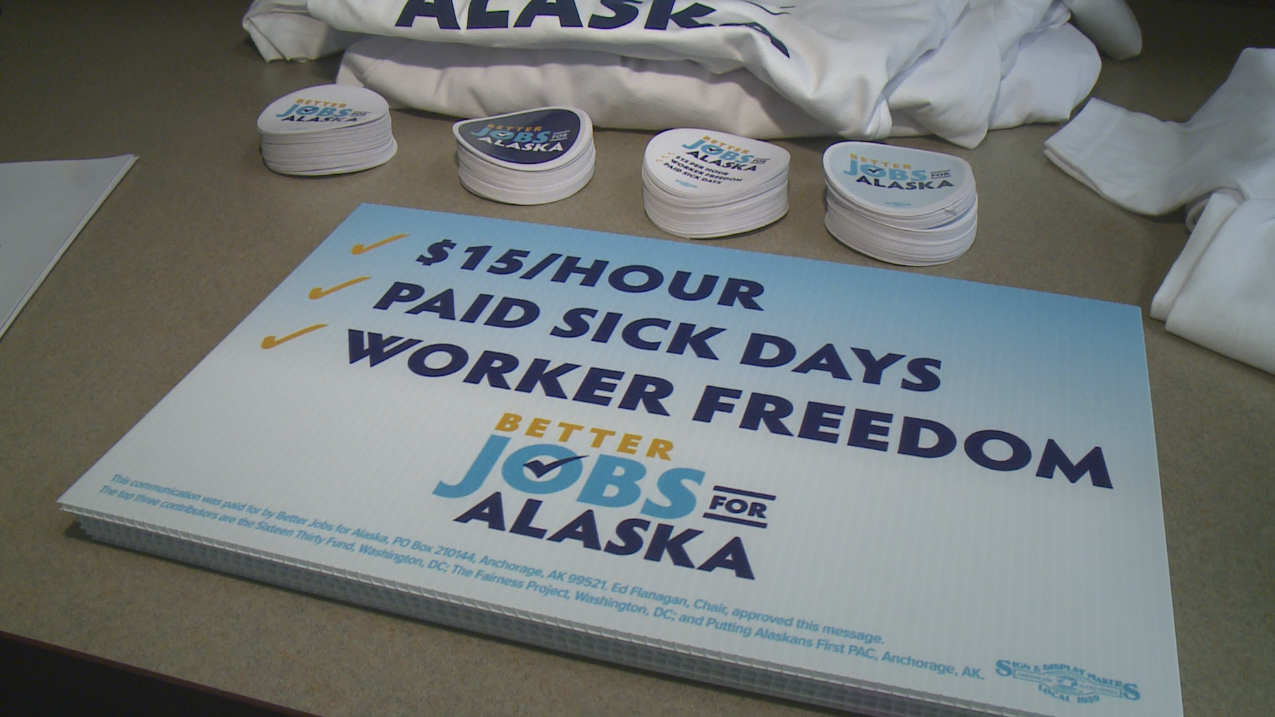Returning employees to the workplace during and after the COVID-19 pandemic will not be as simple as announcing a reopening or return-to-the-workplace date and carrying on business as usual. Not only will many workplaces be altered initially, some changes may be long term, even beyond the imagined “finish line” of a widely available vaccine or treatment.
The details of each employer’s plan to return will look different, but the Society for Human Resource Management (SHRM) identified 10 key issues most will need to understand and start preparing for now.
- Workplace safety:Employers must ensure their workplaces are as safe as they can be. Employees and customers alike may have fears of returning to business as usual; preparing for and communicating how safety is a top priority will allay fears and increase brand loyalty.
- Communications: Establishing a clear communication plan will allow employees and customers to understand how the organization plans to reopen or reestablish business processes.
- Recall procedures: Plan for how and when employees will return to work or to the worksite to create an organized and controlled approach. All employees returning on the same day at the same time could be overwhelming and possibly unsafe.
- Employee benefits: Whether employees remained on the employer’s benefits plans or not, certain notices or actions may be required to stay compliant. Communicating these changes to employees should be done as soon as possible.
- Compensation: Many employers may have made compensation changes during the crisis thus far, and others may need to make them in order to reopen. How the disruption has affected compensation policies going forward will also need reviewing and communicating to affected staff.
- Remote work: Telecommuting may have proven to work well during the pandemic for some employers and employees. Using it not only as a short-term emergency tool to survive the next year but also as a permanent work/life balance and cost-saving measure should be considered.
- New-hire paperwork: Employees returning to work who remained on the payroll would generally not need to complete new paperwork. However, for those separated from employment, such as laid-off workers, it may be best to follow normal hiring procedures.
- Policy changes: It is no longer business as usual, and employers will likely need to update or create policies to reflect the new normal. Some examples include:
- Business continuity plans: Employers will have learned valuable lessons regarding their business continuity plans, or lack thereof, during the past months. Now is the time to review and revise the plan to prepare for future emergencies.
- Unions: Employers with a unionized workforce may have additional considerations, including:
SHRM Members have access to sample letters and policy change samples under the Resources and Tools Section.
Click the button below for the complete Back to Work Checklist










